Imagine a world where design, creativity, and innovation seamlessly intertwine with the unprecedented power of artificial intelligence. Welcome to 2024, where AI tools have revolutionized the design landscape, empowering designers to unleash their creative brilliance like never before. In this ultimate guide, we’ll unveil the best AI tools that will ignite your imagination and take your designs to new heights.
Key Takeaways
|
AI tools are transforming the design industry, automating repetitive tasks and enhancing creativity. |
Designers can leverage AI to generate stunning visuals, optimize workflows, and streamline the creative process. |
Tools like Midjourney, Adobe Firefly, and Canva empower designers to create striking visuals with ease. |
Platforms like Uizard and Galileo AI revolutionize UI/UX design and rapid prototyping. |
AI tools streamline workflows, enabling designers to focus on creative ideation and storytelling. |
Table of Contents
Revolutionizing Design with AI: Top Tools for Designers in 2024
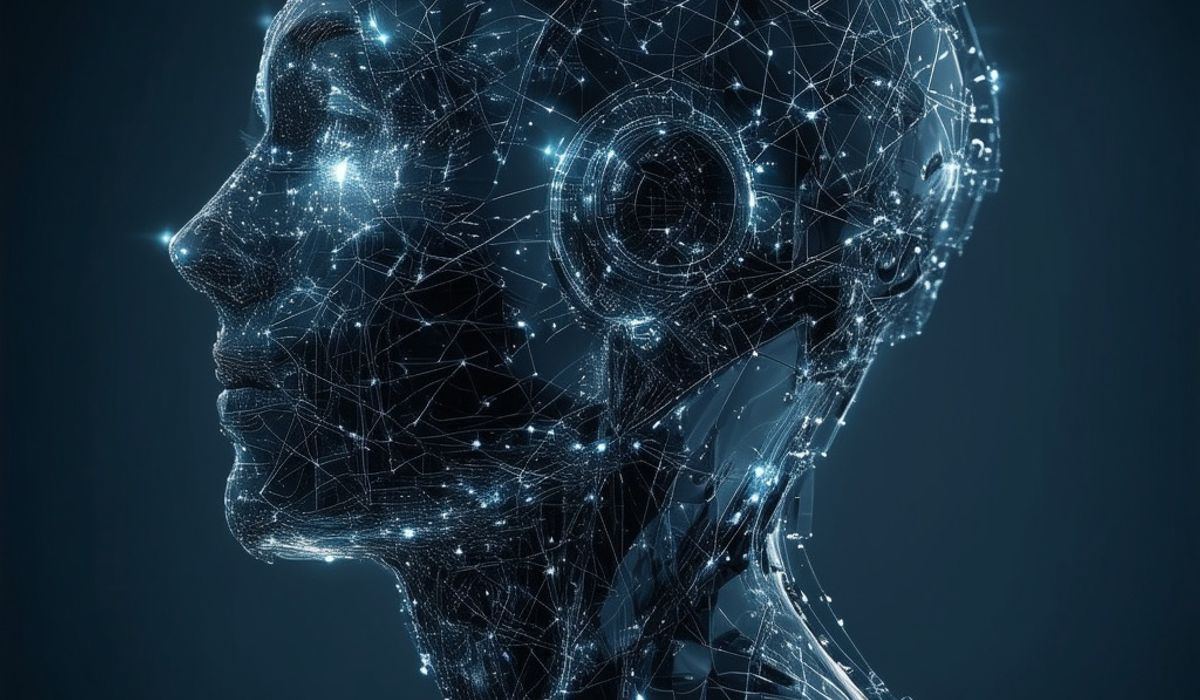
Embracing AI in design is no longer a luxury; it’s a necessity for staying ahead in the ever-evolving creative landscape. Employees worldwide are demanding more AI integration in the workplace, and the design industry is no exception. AI tools are transforming how designers approach their craft, offering unprecedented opportunities to automate mundane tasks, generate groundbreaking visuals, and streamline workflows.
As we delve deeper into 2024, the design world is witnessing a remarkable fusion of human creativity and artificial intelligence. From generating stunning visuals to optimizing UI/UX designs, AI tools are empowering designers to push boundaries and redefine the limits of their creative potential.
Understanding the Role of AI in Modern Design
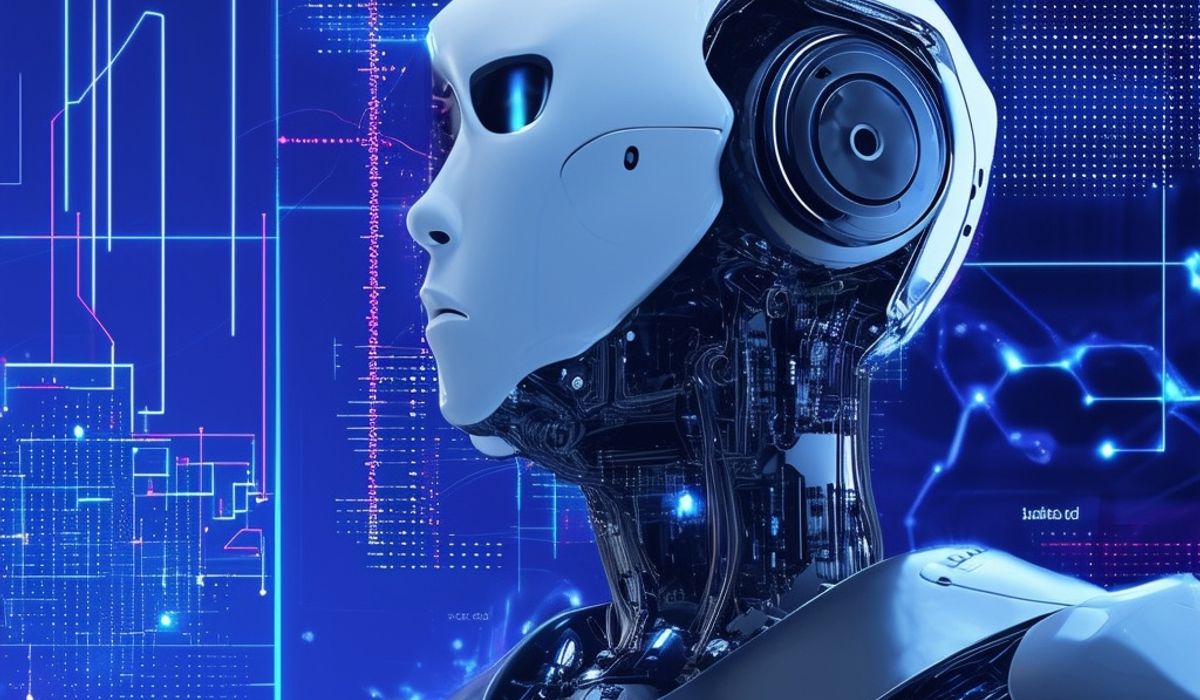
The integration of AI in design has ushered in a new era of creative possibilities. No longer constrained by the limitations of traditional tools, designers can now leverage the power of AI to automate repetitive tasks, streamline workflows, and generate awe-inspiring visuals.
Renowned companies like Airbnb and Netflix have already embraced AI to enhance their design processes, extracting image metadata at scale and revolutionizing workplace design. As AI continues to advance, its impact on the design industry is becoming increasingly profound, empowering artists and designers to create visually stunning and emotionally resonant work.
Benefits of Incorporating AI in Design Workflows
Efficiency: AI automates time-consuming tasks, allowing designers to focus on creative ideation and storytelling.
Versatility: AI tools offer a wide range of capabilities, from generating visuals to optimizing UI/UX designs.
Creativity Enhancement: By automating repetitive tasks, AI unlocks new avenues for designers to explore their creative potential.
Rapid Prototyping: AI tools enable designers to quickly iterate and refine their designs, fostering a more agile and responsive creative process.
Addressing Concerns About AI Replacing Designers
While the advent of AI in design has raised concerns about potential job displacement, industry experts suggest a more nuanced perspective. A recent Goldman Sachs report indicates that AI is more likely to complement human designers rather than replace them entirely. The true value lies in the synergy between human creativity and AI’s computational prowess.
AI tools are designed to augment and enhance the designer’s workflow, not replace the human element. As AI automates repetitive tasks, designers can dedicate their time and energy to the aspects of their craft that truly resonate with their audience – storytelling, emotional resonance, and creative expression.
Top AI-Powered Design Tools for 2024
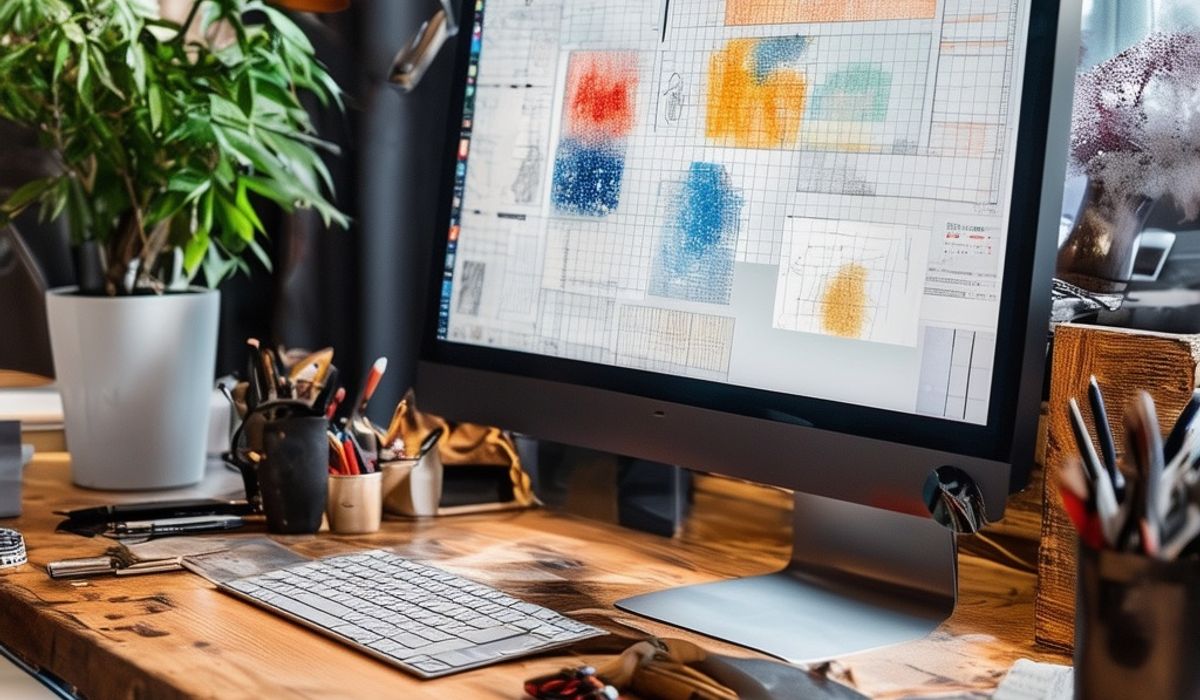
In this section, we’ll explore the best AI tools that are shaping the design landscape in 2024. From generating stunning visuals to optimizing UI/UX designs, these tools will empower you to unleash your creative potential and elevate your design prowess.
Adobe Firefly: Unleashing Creative Potential
Adobe Firefly is a game-changer in the world of design, offering a suite of generative AI models that seamlessly integrate with Adobe’s Creative Cloud suite. With Firefly, designers can harness the power of AI to generate stunning text effects, transform text into images, and explore a myriad of color variations for their vector artwork.
Key Features:
AI-powered text effects and image generation
Vector recoloring and generative fill capabilities
Integration with Adobe’s Creative Cloud suite
Seamless workflow for professional designers
Pricing: Included in Adobe Creative Cloud subscription plans or free with limited monthly credits.
With Adobe Firefly, designers can break free from creative boundaries and explore new realms of visual expression, all while leveraging the power of AI to enhance their workflow.
Midjourney: Generating Stunning Visuals from Text
Midjourney is a groundbreaking AI tool that allows designers to generate stunning visuals from simple text prompts. Powered by cutting-edge natural language processing technology, Midjourney translates your creative vision into breathtaking images, allowing you to explore new artistic frontiers.
Key Features:
Text-to-image generation with high-quality results
Supports a wide range of art styles and visual aesthetics
Customizable image dimensions and aspect ratios
Accessible through a user-friendly Discord interface
Pricing: Free trial available, with paid plans starting at $10/month for personal use.
Whether you’re a professional designer or an aspiring artist, Midjourney empowers you to bring your wildest imaginations to life, opening new realms of creative expression.
Canva’s Magic Design: Simplifying Graphic Design for Everyone
Canva, the beloved design platform, has taken a giant leap forward with its AI-powered Magic Design feature. Driven by cutting-edge AI technology, Magic Design generates visually stunning designs, graphics, and templates based on simple text prompts and uploaded images.
Key Features:
AI-generated designs and graphics based on text prompts
Integration with Canva’s extensive library of design assets
AI-powered background removal and object replacement
User-friendly interface for seamless design experience
Pricing: Free with limited monthly credits, or paid plans starting at $12.99/month.
With Canva’s Magic Design, graphic design has never been more accessible. Unleash your creativity and create visually stunning designs with the power of AI at your fingertips.
Uizard: Streamlining UI/UX Design with AI
Uizard is an innovative AI tool that revolutionizes the UI/UX design process. With its intuitive interface and AI-powered features, designers can effortlessly generate UI designs, transform hand-drawn sketches into functional prototypes, and streamline the entire design workflow.
Key Features:
AI-powered UI design generation
Rapid prototyping and iterative design capabilities
Theme generator for color palette and font suggestions
Collaborative features for seamless teamwork
Pricing: Free plan with limited features, paid plans starting at $12/user per month.
Uizard empowers designers to streamline their UI/UX design workflow, fostering collaboration, rapid prototyping, and seamless integration of AI into the creative process.
Khroma: Intelligent Color Palette Generation
Khroma is a game-changer for designers seeking the perfect color harmony in their creations. This AI-powered tool generates personalized color palettes based on your preferences, ensuring consistent and visually stunning color combinations across your designs.
Key Features:
AI-generated color palette suggestions
Personalized based on your color preferences
Hex code and accessibility rating display
Integration with design tools for seamless implementation
Pricing: Free to use.
With Khroma, designers can bid farewell to the frustrations of color selection and embrace a world of harmonious and visually striking color combinations, all powered by AI.
Looka: AI-Driven Logo and Brand Identity Creation
Looka is an AI-powered platform that empowers designers to create captivating logos and establish a strong brand identity with ease. By leveraging AI technology, Looka generates a wide range of logo options tailored to your preferences, allowing you to explore and refine your design until it perfectly aligns with your vision.
Key Features:
AI-generated logo design options
Customizable logo elements and color palettes
Brand asset generation and style guide creation
User-friendly interface for seamless design experience
Pricing: Packages starting at $20 for logo downloads.
Whether you’re a seasoned designer or an entrepreneur seeking a distinct brand identity, Looka empowers you to create captivating logos and establish a professional brand presence with the power of AI.
Runway: Enhancing Video and Image Editing with AI
Runway is a cutting-edge AI platform that revolutionizes video and image editing. With its powerful AI-assisted editing tools, designers can streamline their workflows, enhance visuals, and create stunning content with ease.
Key Features:
AI-powered video and image editing capabilities
Text-to-video generation for seamless content creation
Collaboration and sharing features for team projects
Support for various file formats and resolutions
Pricing: Free trial available, with paid plans starting at $15/month.
Runway empowers designers to push the boundaries of visual storytelling, harnessing the power of AI to create captivating videos, enhance existing content, and streamline their creative workflows.
Other Notable AI Design Tools to Explore
While the tools mentioned above are among the most prominent in the AI design space, the ever-evolving landscape of artificial intelligence continues to introduce new and innovative solutions. Here are a few other notable AI design tools worth exploring:
DreamStudio – A text-to-image generator for creating high-quality visuals across various styles and genres.
AutoDraw – Google’s AI-powered tool that transforms rough sketches into polished illustrations.
Let’s Enhance – An AI-driven tool for upscaling and enhancing image quality and resolution.
Designs.ai – A comprehensive AI-assisted design toolkit for creating visuals, videos, and more.
Integrating AI Tools into Your Design Process
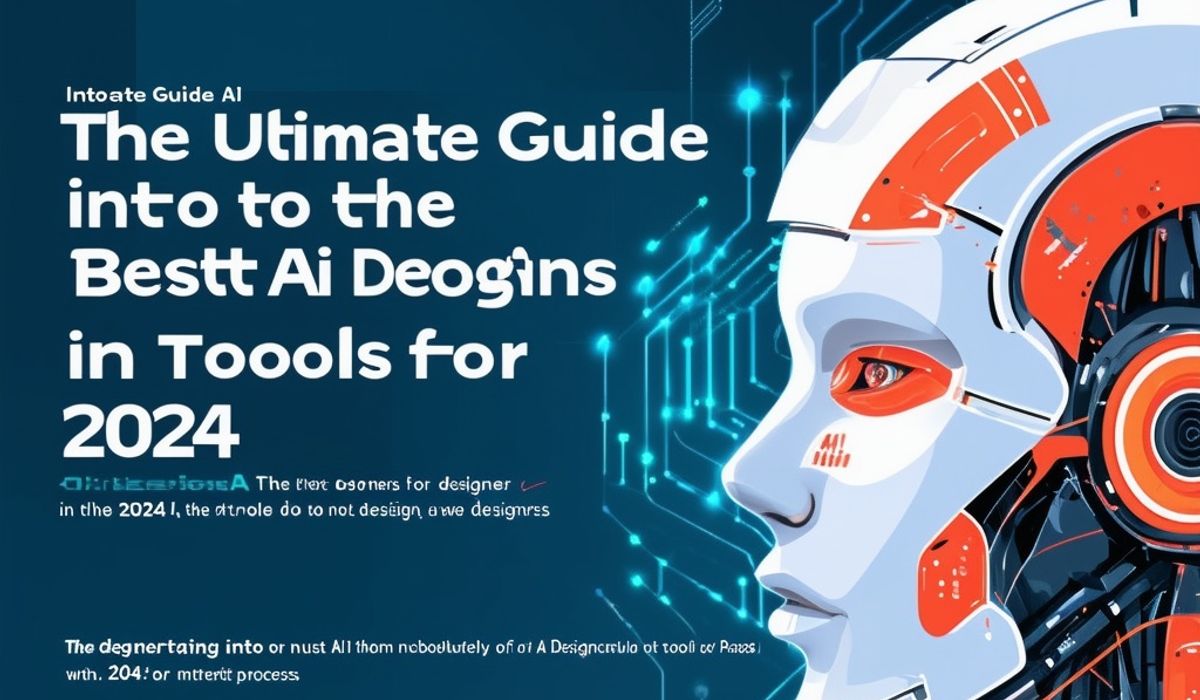
As AI tools continue to evolve and become more accessible, it’s crucial for designers to understand how to seamlessly integrate them into their creative workflows. By embracing AI as a powerful ally, designers can unlock new levels of efficiency, creativity, and innovation.
Best Practices for Leveraging AI in Design
Understand AI’s Strengths and Limitations: AI tools excel at automating repetitive tasks and generating visuals based on prompts, but they cannot replicate the human touch of emotional resonance and storytelling.
Embrace AI as a Collaborator: Rather than viewing AI as a replacement, consider it a collaborator that enhances your creative process and empowers you to explore new artistic realms.
Experiment and Iterate: AI tools thrive on iteration and continuous feedback. Embrace a mindset of experimentation and refinement to achieve the desired results.
Prioritize Quality and Relevance: While AI tools can generate visuals quickly, it’s essential to prioritize quality and relevance to ensure your designs align with your brand and resonate with your audience.
Balancing Creativity and Efficiency with AI Assistance
The true power of AI in design lies in striking a harmoniousHere’s the continued article with content for the remaining headings:
Balancing Creativity and Efficiency with AI Assistance
The true power of AI in design lies in striking a harmonious balance between human creativity and machine efficiency. While AI tools can automate repetitive tasks and generate compelling visuals, they should not be seen as a replacement for the human touch. Instead, designers should embrace AI as a powerful assistant that amplifies their creative potential.
By offloading mundane tasks to AI, designers can dedicate their mental energy to the aspects that truly matter – conceptualizing compelling narratives, infusing emotional resonance, and crafting designs that captivate and inspire. AI tools streamline the workflow, freeing designers to focus on higher-level creative thinking and problem-solving.
Collaborating with AI as a Design Partner
Contrary to the notion of AI replacing designers, the key to success lies in fostering a collaborative relationship between human and machine. AI should be viewed as a design partner, working hand-in-hand with the designer to explore new creative avenues, generate fresh ideas, and push the boundaries of what’s possible.
This collaborative approach involves a continuous cycle of ideation, generation, and refinement. Designers can leverage AI tools to generate initial concepts and visualizations, which they can then refine, iterate, and infuse with their unique creative vision. By combining the strengths of AI and human creativity, designers can create work that truly stands out and resonates with their audience.
The Future of AI in Design
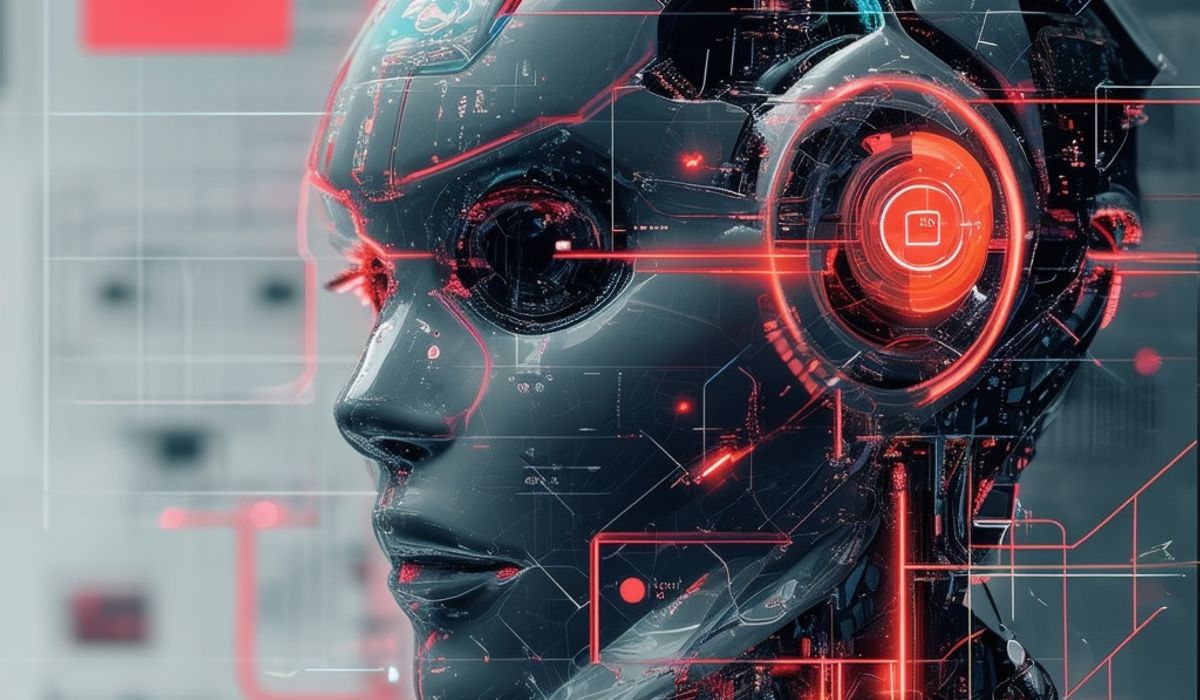
As AI technology continues to evolve at a rapid pace, its impact on the design industry is poised to become even more profound. Designers who embrace this technological revolution will be well-positioned to stay ahead of the curve and maintain a competitive edge.
Emerging Trends and Innovations
The future of AI in design promises exciting developments and innovations, such as:
Generative Design: AI-powered algorithms that can generate countless design variations based on specific constraints and parameters, allowing designers to explore a vast design space and identify optimal solutions.
Real-Time Collaboration: AI-enabled platforms that facilitate seamless real-time collaboration among designers, stakeholders, and clients, streamlining the design process and fostering effective communication.
Multimodal Design: AI tools that can integrate various modalities, such as text, images, video, and audio, empowering designers to create immersive and multisensory experiences.
Personalization at Scale: AI-driven personalization capabilities that enable designers to create highly customized and tailored experiences for diverse audiences, without compromising efficiency.
Potential Impact on the Design Industry
The integration of AI in design is poised to have a profound impact on the industry, reshaping workflows, redefining creative processes, and opening up new avenues for innovation. As AI tools become more sophisticated and accessible, the design landscape will likely undergo a significant transformation:
Democratization of Design: AI tools will make design more accessible to non-professionals, empowering individuals and businesses to create high-quality visuals and designs without extensive training.
Increased Efficiency and Productivity: By automating repetitive tasks and streamlining workflows, AI will enable designers to work more efficiently, freeing up time and resources for more strategic and creative endeavors.
Rapid Prototyping and Iteration: AI’s ability to generate multiple design variations and visualizations will accelerate the prototyping and iteration process, fostering a more agile and responsive design approach.
New Skill Sets and Job Roles: As AI transforms the design landscape, new skill sets and job roles will emerge, such as AI design specialists, generative design experts, and AI-human collaboration strategists.
Preparing for an AI-Driven Design Landscape
To thrive in an AI-driven design landscape, designers must embrace a mindset of continuous learning and adaptation. Developing a strong understanding of AI technologies, their capabilities, and their limitations will be crucial. Additionally, designers should cultivate skills in areas such as data analysis, creative problem-solving, and effective collaboration with AI systems.
Investing in professional development and staying up-to-date with the latest AI trends and advancements will be essential for designers to remain competitive and relevant in the rapidly evolving design industry.
Frequently Asked Questions (FAQ)
How can AI tools enhance the design process?
AI tools can enhance the design process in several ways, including automating repetitive tasks, generating initial design concepts and visualizations, streamlining workflows, and facilitating rapid prototyping and iteration. By offloading mundane tasks to AI, designers can dedicate more time and energy to higher-level creative thinking and problem-solving.
Will AI replace human designers?
While AI tools are becoming increasingly sophisticated, they are not likely to completely replace human designers. Instead, AI should be viewed as a powerful assistant that augments and enhances the designer’s workflow. The true value lies in the synergy between human creativity and AI’s computational prowess. AI excels at automating tasks and generating visuals, but human designers are essential for infusing emotional resonance, storytelling, and a unique creative vision into the designs.
What are the best AI tools for specific design tasks?
The best AI tools for specific design tasks may vary depending on your needs and requirements. For generating stunning visuals and graphics, tools like Midjourney, Adobe Firefly, and Canva’s Magic Design are excellent choices. If you’re focused on UI/UX design and rapid prototyping, Uizard and Galileo AI are worth exploring. For color palette generation, Khroma is a standout tool, while Looka excels in AI-driven logo and brand identity creation. Additionally, Runway is a powerful platform for enhancing video and image editing with AI.
How much do AI design tools typically cost?
The cost of AI design tools can vary widely, ranging from free options with limited features to paid subscription plans or per-project pricing. Some tools, like Khroma and Autodraw, are completely free to use. Others, such as Midjourney, Adobe Firefly, and Canva’s Magic Design, offer free trials or limited monthly credits, with paid plans starting from around $10 to $15 per month. More comprehensive AI design platforms like Uizard and Runway may have higher pricing tiers, with plans ranging from $12 to $20 per user or project.
Can AI-generated designs be copyrighted?
The issue of copyrighting AI-generated designs is a complex and evolving area of intellectual property law. Currently, there is no clear consensus on whether AI-generated works can be copyrighted, as copyright laws generally require human authorship. However, some experts argue that AI-generated designs could potentially be protected under sui generis database rights or other forms of intellectual property protection. It’s essential to consult with legal professionals and stay up-to-date with the latest developments in this rapidly evolving field.
Conclusion: Embracing AI for Design Excellence
As we navigate the ever-evolving landscape of design, one thing is certain: AI is no longer a futuristic concept but a powerful reality that is transforming the industry. By embracing AI tools and leveraging their capabilities, designers can elevate their craft to new heights, unlocking unprecedented levels of creativity, efficiency, and innovation.
The tools highlighted in this guide represent just a glimpse into the vast and rapidly expanding world of AI in design. As the technology continues to advance, we can expect even more groundbreaking solutions that will reshape the way we approach design.
To thrive in this AI-driven era, designers must cultivate a mindset of continuous learning, adaptation, and collaboration. By working in harmony with AI, designers can unlock their full creative potential, pushing boundaries and creating designs that truly resonate with and captivate audiences worldwide.
The future of design is undoubtedly intertwined with the power of artificial intelligence. Embrace this technological revolution, and let AI be your partner in unlocking new realms of creative excellence.
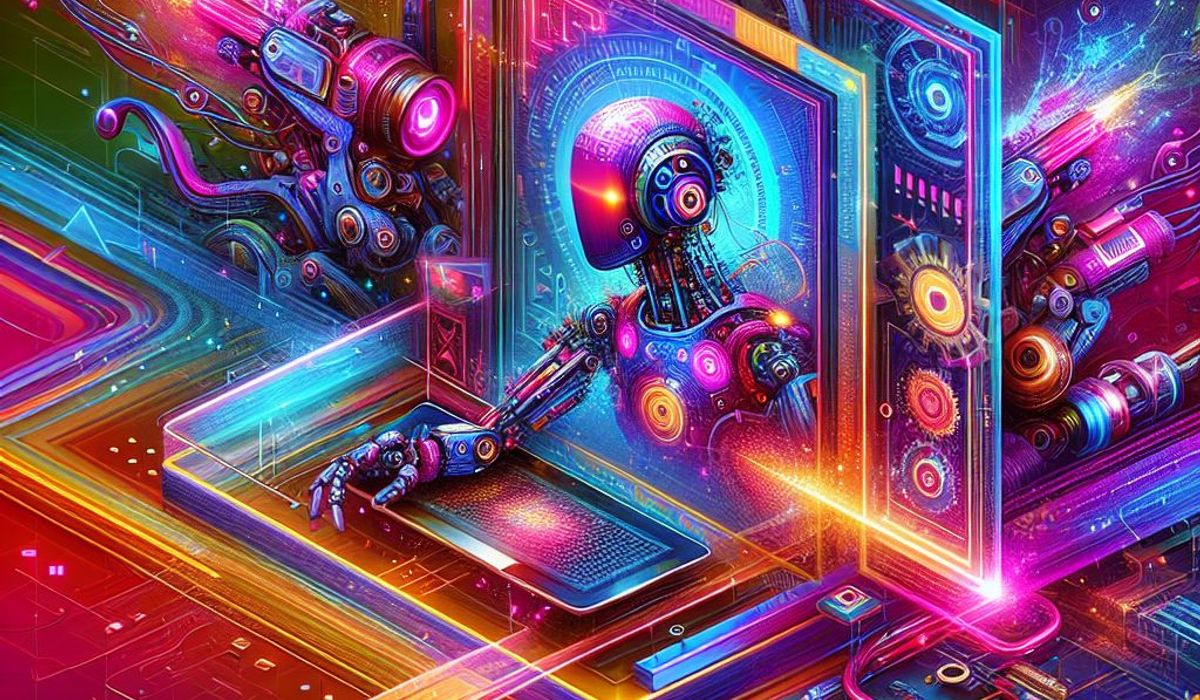
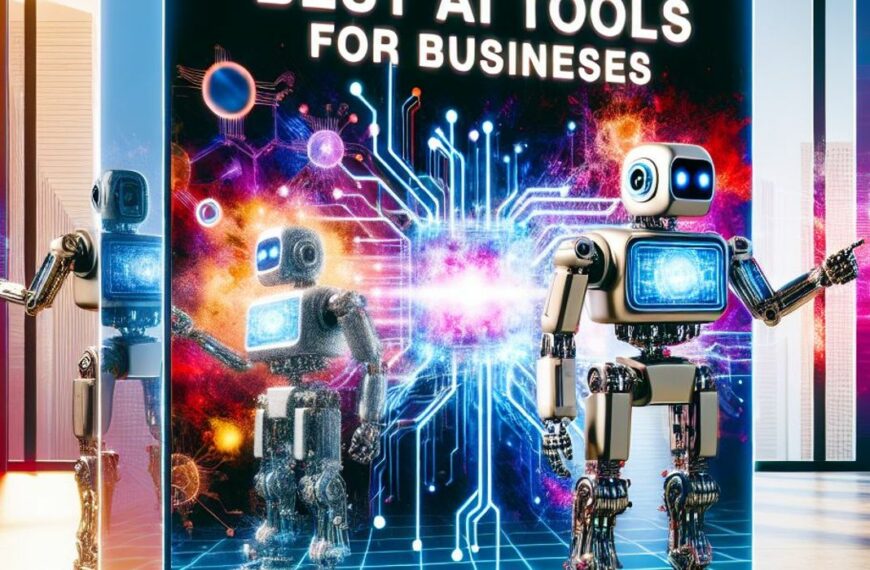
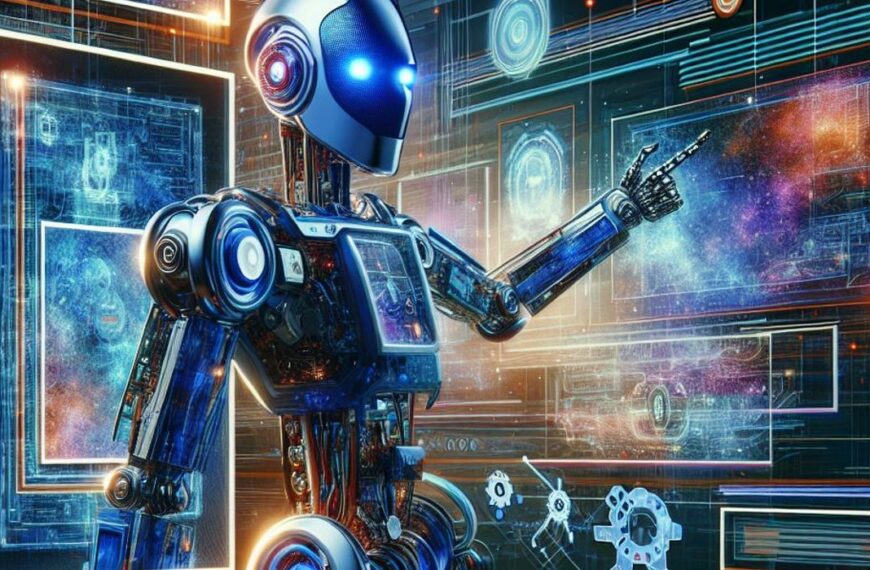
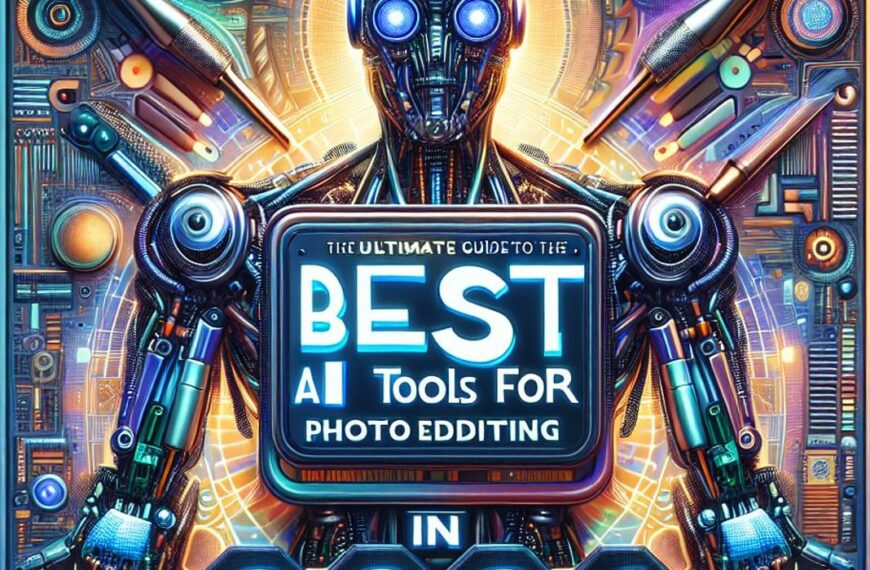
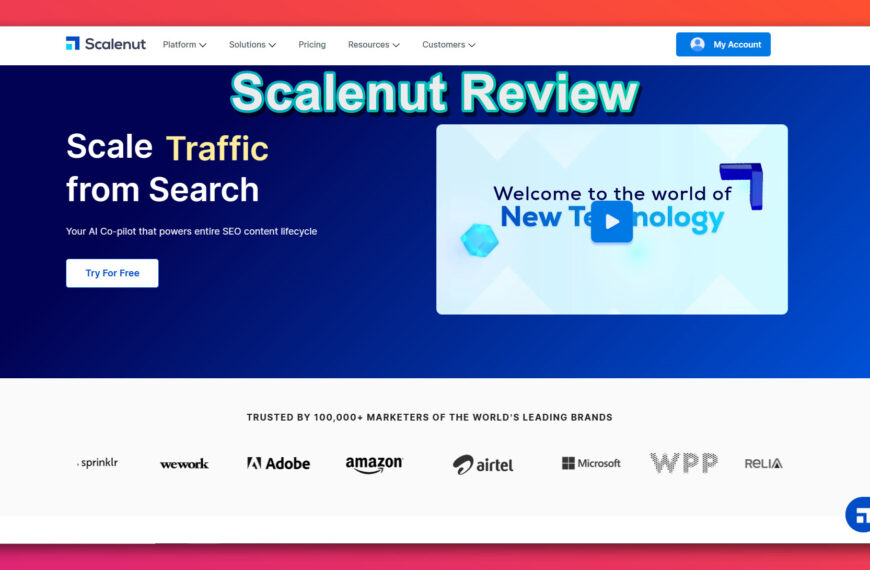
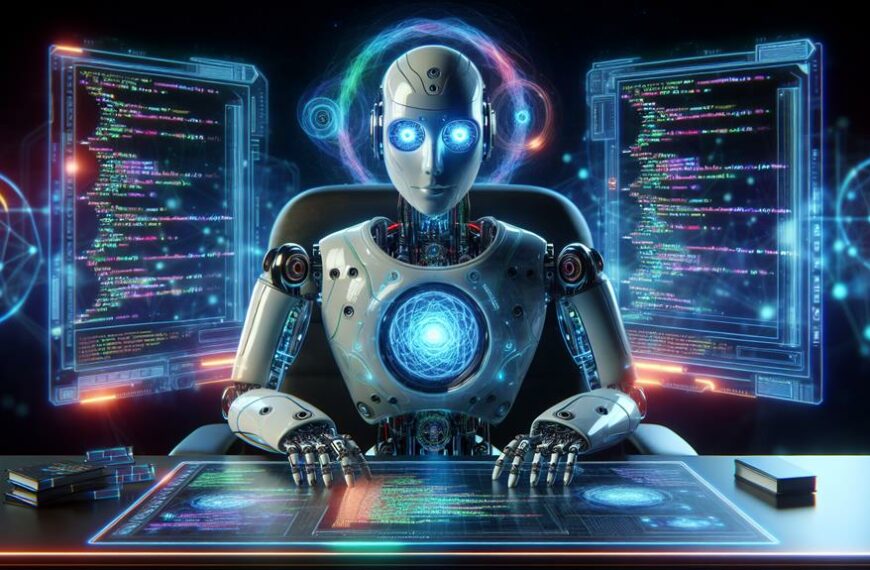

Leave a Reply